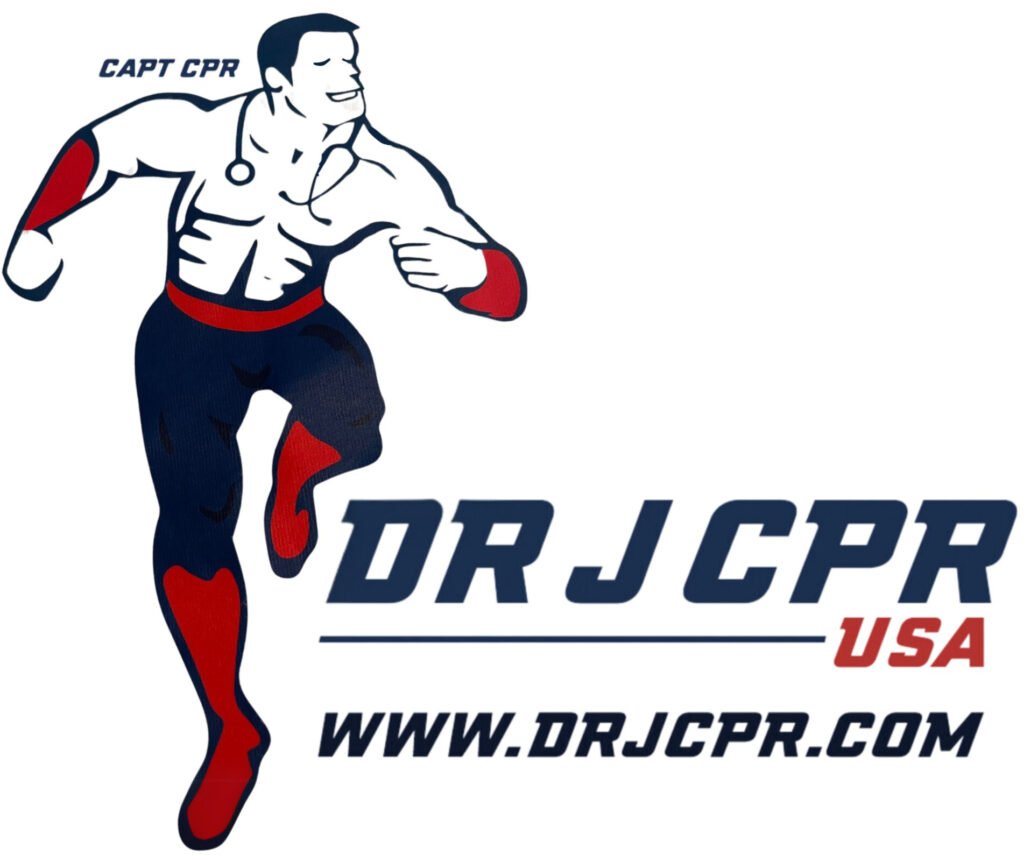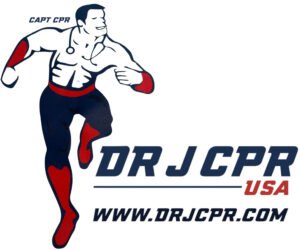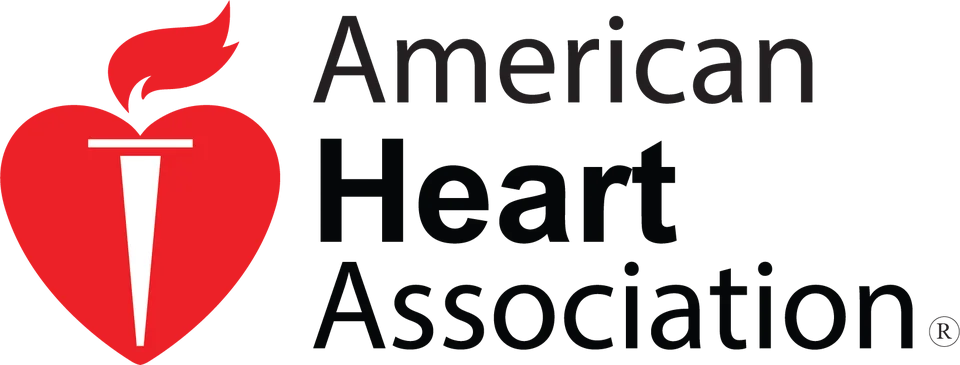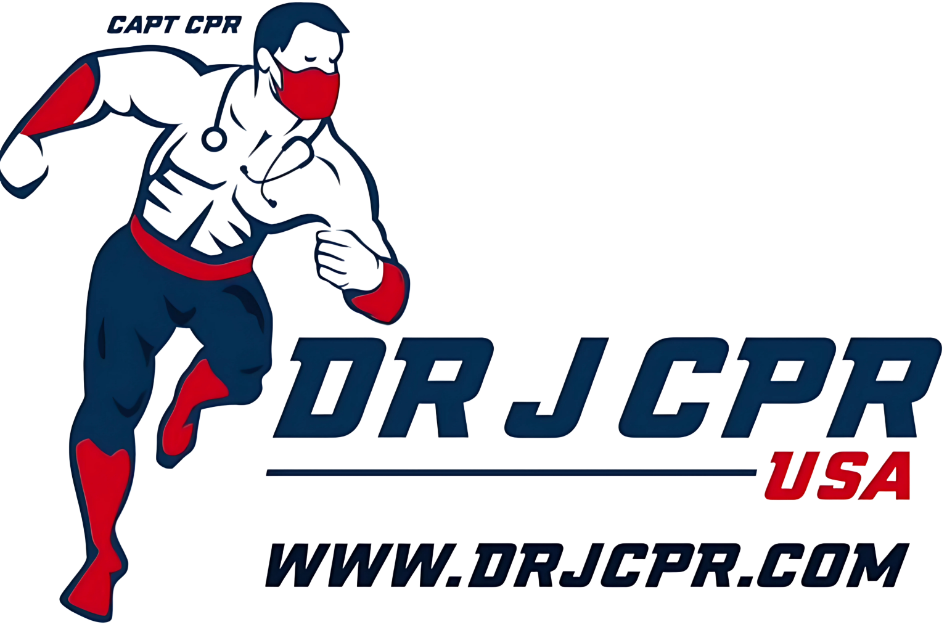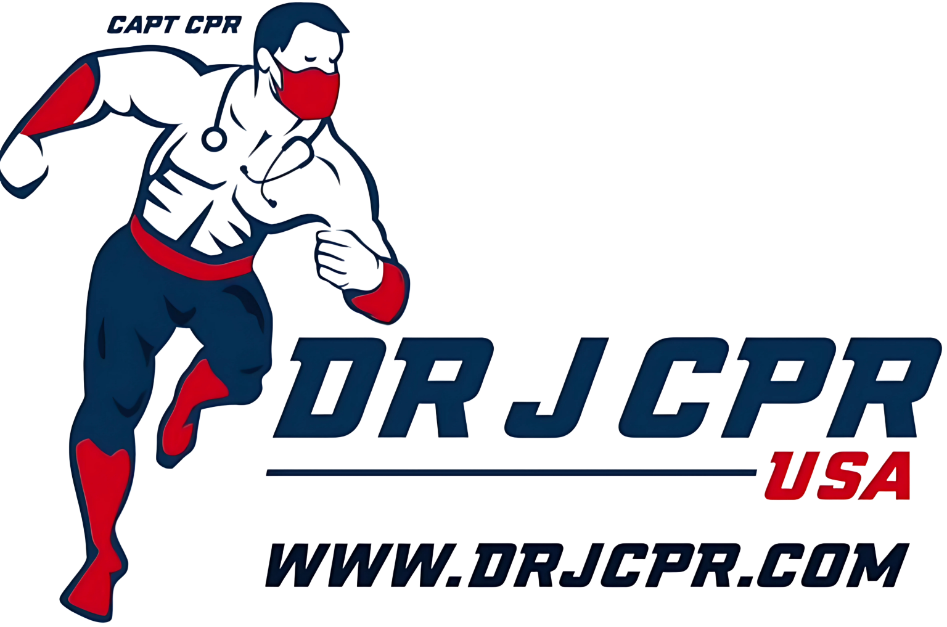In life-threatening emergencies, the difference between life and death can come down to seconds. Whether it’s a heart attack, drowning, choking, or any other type of cardiac arrest, every moment counts when it comes to saving a life. In these critical situations, CPR (Cardiopulmonary Resuscitation) is often the first and most vital intervention. By performing CPR, you provide life-saving support to someone whose heart has stopped beating or who has stopped breathing.
In this article, we’ll explore the lifesaving impact of CPR, why it’s so crucial, and how quick action in an emergency can mean the difference between survival and tragedy.
1. CPR: A Vital Skill in Cardiac Emergencies
Cardiac arrest happens when the heart stops beating, often due to an electrical malfunction in the heart, leading to irregular rhythms (arrhythmias) that stop blood flow to vital organs. According to the American Heart Association (AHA), nearly 350,000 people experience an out-of-hospital cardiac arrest every year in the U.S. What’s alarming is that only about 10% of these victims survive, often due to delays in receiving proper care.
CPR plays a pivotal role in improving these odds. By performing CPR, you manually circulate blood through the body, especially to the brain and heart, keeping the person alive until professional medical help arrives. This is why learning CPR is one of the most important life skills anyone can acquire.
2. How Quick Action with CPR Improves Survival Rates
When someone experiences cardiac arrest, every minute that passes without CPR decreases their chances of survival. Research shows that for every minute without CPR, the chances of survival drop by about 7-10%. However, when a bystander performs high-quality CPR immediately after cardiac arrest, survival rates can significantly improve.
CPR helps keep oxygenated blood circulating throughout the body, especially to the brain, which can survive for only a few minutes without oxygen before irreversible damage occurs. By performing CPR, you provide the body with the necessary oxygen until emergency responders can take over with advanced interventions like defibrillation or medications.
In fact, studies have shown that immediate CPR can double or even triple a person’s chances of survival. That’s why it’s critical for as many people as possible to be trained in CPR.
3. CPR and Other Emergencies: Not Just for Cardiac Arrest
While CPR is most commonly associated with cardiac arrest, it’s also an essential skill for other life-threatening emergencies. For example:
- Choking: If someone is choking and unable to breathe, CPR (specifically the Heimlich maneuver) can dislodge the object blocking their airway, restoring normal breathing.
- Drowning: Drowning victims often stop breathing before their heart stops. CPR can help restore their breathing and circulation, keeping them alive until emergency personnel arrive.
- Severe allergic reactions: Anaphylaxis can lead to respiratory failure. Performing CPR can buy precious time until more advanced treatment is available.
In these situations, quick action is critical. Knowing how to react immediately by performing CPR can make all the difference.
4. Why CPR Training Should Be a Priority for Everyone
CPR is not just for medical professionals—it’s a skill that everyone should know. By learning CPR, you become a vital resource in your community, workplace, and family. Whether at home, in public, or at a social gathering, emergencies can happen at any time, and knowing CPR can help you stay calm and act quickly to save a life.
- For Parents and Caregivers: Parents, teachers, and childcare workers often deal with young children who may experience choking or sudden medical emergencies. CPR training ensures that they know how to respond effectively to these situations.
- For the Workplace: In workplace settings, especially in industries where physical labor is involved or where employees work alone, having CPR-trained individuals can save lives. Quick response times are essential in many of these environments, where accidents can occur unexpectedly.
- In Public Settings: Public places like shopping malls, restaurants, and sporting events can be full of people who may suffer from medical emergencies. Being trained in CPR can give you the confidence to step in and help someone in need.
Learning CPR empowers you to take action in emergency situations and help prevent tragic outcomes.
5. CPR Training: Easy, Accessible, and Life-Changing
One of the biggest misconceptions about CPR is that it’s difficult to learn or that you need a medical background to perform it. In reality, CPR training is easy to learn, accessible to everyone, and can be completed in just a few hours. Courses are available from organizations like the American Heart CPR, which offer both in-person and online options to suit your schedule.
Training programs typically cover:
- Adult, child, and infant CPR techniques.
- How to perform chest compressions and rescue breaths effectively.
- The use of an AED (Automated External Defibrillator) in cases of sudden cardiac arrest.
- Basic first aid skills like dealing with choking, bleeding, and more.
Most CPR certifications are valid for two years, at which point you can renew your skills to stay up-to-date on the latest techniques. Regularly practicing CPR can help you stay sharp and ensure that you can perform it effectively when an emergency arises.
6. The Lifesaving Impact of CPR Training in Communities
One of the most powerful impacts of widespread CPR training is the positive effect it has on entire communities. When more people are trained in CPR, the chances of survival increase not just for individuals, but for society as a whole. Think about it: in a community where everyone knows CPR, someone is likely to be nearby during an emergency, ready to step in and help.
This sense of preparedness can be incredibly reassuring for families, workplaces, and neighborhoods, knowing that help is just a few steps away. Moreover, CPR-trained individuals often share their knowledge with others, creating a ripple effect of life-saving education that spreads throughout the community.
